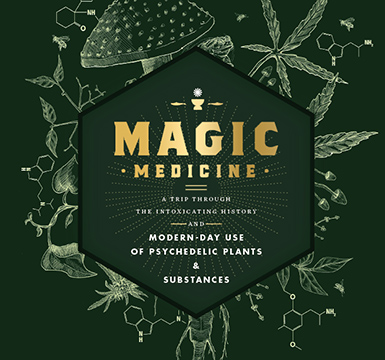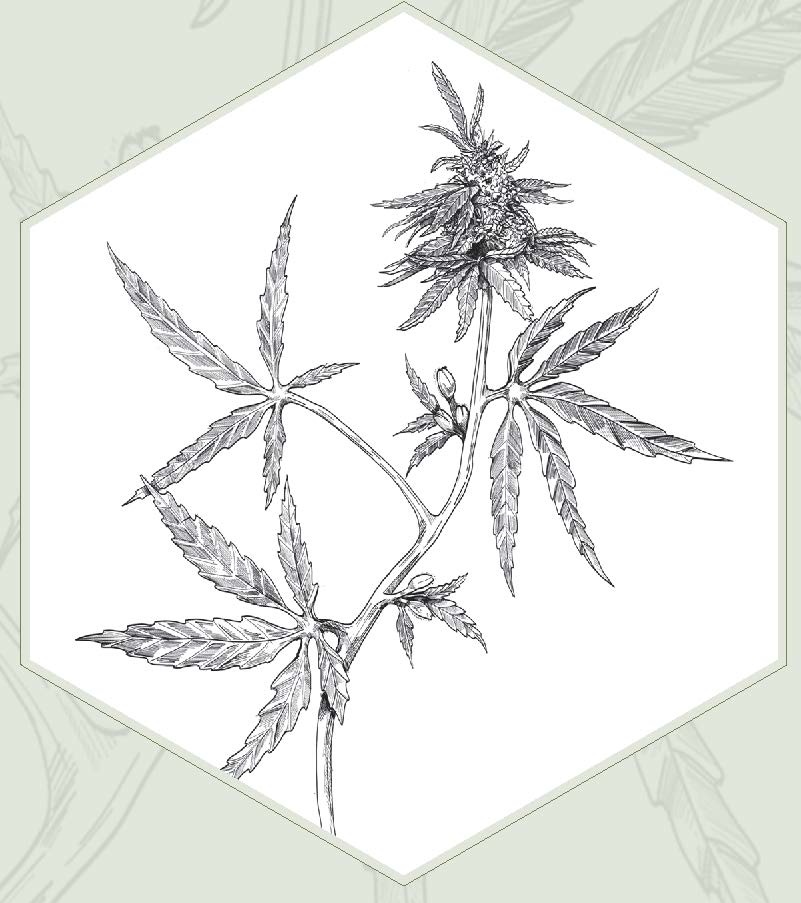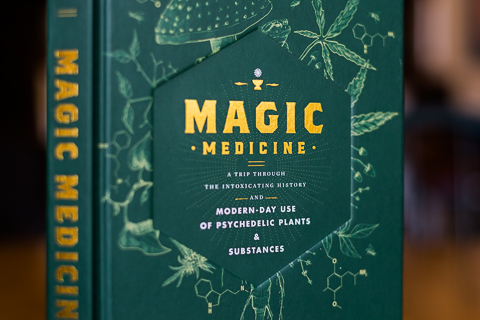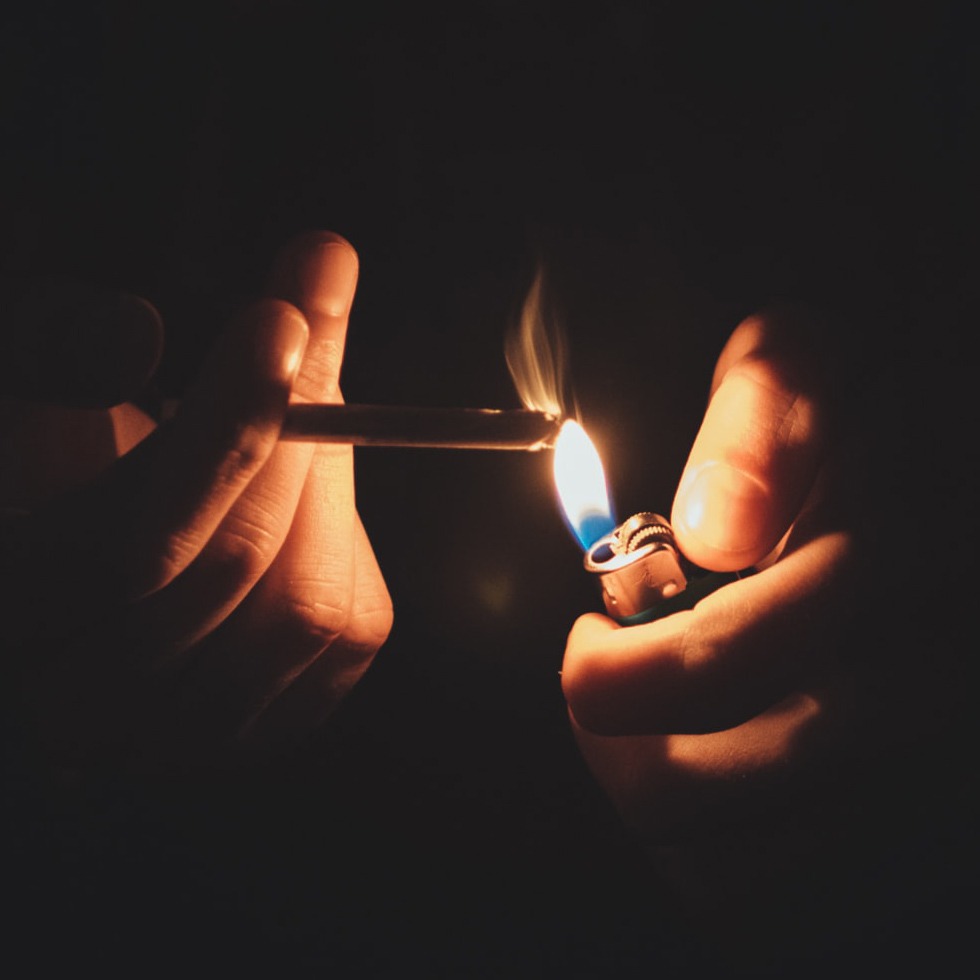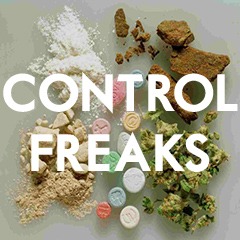In a historic referendum, Oklahoma voters have just approved one of the most progressive medical cannabis laws in the country.
With a doctor’s orders, Oklahomans will be able to possess eight ounces in their homes, carry three ounces in public, and cultivate 12 plants. Unlike many other states, there is no limit to which diseases may be treated by cannabis — a doctor may prescribe it for any condition. The measure passed with a 57% to 43% margin.
These regulations are relatively lax, especially for a red state in the heart of Trump country. But perhaps it should come as no surprise that a conservative state like Oklahoma would pass this measure — national polling indicates that 90% of Americans support medical cannabis.

In honor of Oklahoma’s new status as the 30th state to legalize medical marijuana, I’m sharing an excerpt from the Cannabis chapter of my new book, Magic Medicine. It’s all about the historic, spiritual, and therapeutic aspects of the most interesting psychedelics in the world.
If you like what you read here, check out the book — it’s jam-packed with more cannabis lore, along with 22 other fascinating plants, fungi, and substances.
![]()
Healing Herb
For a plant classified by the federal government as having “no currently accepted medical use,” cannabis boasts a surprising range of potential medical applications. One may turn out to be chronic pain relief. States with medical marijuana laws show a significant drop in painkiller prescriptions, as well as reductions in hospital admissions relating to opioid abuse and dependence, indicating many people find cannabis preferable to opioids in managing pain. Compared to opioids such as morphine and codeine, cannabis has more agreeable side effects and a lower risk of dependence.
Cannabis is also more effective at treating neuropathic pain (pain caused by nerve damage) where opioids offer little help. In a nation ravaged by opioid addiction, which kills some twenty thousand people per year, an effective painkiller that reduces opioid use should be celebrated as a godsend and prioritized for further study.
The plant can also be used to treat neurological problems, including epilepsy and multiple sclerosis (MS). A study of MS patients showed that cannabis helped reduce their muscle spasms as well as other symptoms of the disease such as overactive bladder and painful sensations. Pure CBD, one of the plaint’s main cannabinoids, has been shown to reduce seizures, even in the most treatment-resistant forms of epilepsy.
The increased appetite, colloquially known as “the munchies,” is utilized by some people to help combat eating disorders. This, combined with its antinausea properties, has made it an ideal substance for both chemotherapy patients and those with AIDS, who often have great difficulty eating.
Attitudes and laws are changing, not just in the US but around the world. Pot, the enduring symbol of the counterculture, is officially mainstream.
Cannabis is also a powerful anti-inflammatory. Since inflammation is such a common effect in many diseases, cannabis may have beneficial effects on a wide range of conditions including Crohn’s disease, atherosclerosis, rheumatoid arthritis, inflammation associated with certain cancers, and—somewhat surprisingly, for a substance most often smoked—asthma.
The list continues. By reducing internal eye pressure, cannabis may prove useful in treating glaucoma. And early research suggests THC and other cannabinoids can target brain cancer cells, shrinking tumors in mice.
The herb is good for more than just bodily complaints. Its effects on consciousness have found favor among people with PTSD, and its anxiety-reducing effects are famous. Some people claim a mood-stabilizing effect, and early research indicates it may help relieve stress-related depression.
Health Problems
Cannabis is not a miracle cure, however. Most of its medical benefits remain anecdotal or speculative, and it does have real side effects. Some people complain of dizziness, fatigue, vomiting, and even hallucinations. Long-term use, though far safer than common drugs like tobacco and alcohol, has its share of problems. True to the “stoner” stereotype, chronic heavy users have a higher risk of depression, tiredness, and a general lack of motivation.
Formulations with THC can negatively affect memory and thought processes, producing a mental fog that only abstinence can lift. Though claims that it makes people crazy are vastly exaggerated, cannabis can induce psychosis in people predisposed to schizophrenia, and may hasten the onset of the disease.
Cannabis’s effects on the lungs are much less toxic than many assume. Although cannabis smoke includes many of the same toxins and carcinogens as tobacco smoke, no definitive link between moderate smoking and lung cancer has been discovered. Though there may be a limited correlation, it’s clear that any lung damage from cannabis pales in comparison to that of tobacco.
These results puzzled researchers and medical experts, who suggest that cannabis smoke may contain antioxidant and other protective components that counteract the harmful effects of the carcinogens. That’s not to say smoking cannabis is perfectly safe on the lungs—heavy smokers may experience reduced breathing capacity, and lung inflammation that can cause asthma-like symptoms after many years. Vaporizing greatly reduces these risks.
Shifting Attitudes
The twentieth century was not kind to cannabis, but the “evil weed” is finally getting its day in the sun. Many countries in Latin America and Europe have decriminalized the possession of small amounts, including Portugal, Spain, Colombia, Ecuador, Mexico, Peru, and Chile. In Jamaica, home of the Rastafari, possession was finally decriminalized in 2015. Uruguay, recognizing that prohibition fostered a black market that was far more toxic than the plant itself, legalized it altogether in 2014—the first country in the world to do so. Canada followed suit in 2018. In the Netherlands, “coffeeshops” have been serving up bud since the 1970s, though it remains technically illegal.
Even Americans are coming around. Legalization is now supported by a majority of Americans, and has become something of a rallying cry for many political candidates—a stance that would have meant political suicide not long ago. Pot, the enduring symbol of the counterculture, is officially mainstream.
People in a majority of all states now have legal access to medical marijuana. Nine states and the District of Columbia have fully legalized the plant, including California—the sixth largest economy in the world. Altogether, more than seventy million Americans enjoy access to legal recreational cannabis.
While there has been tremendous progress, the country remains in a confused state of transition. The federal government has not moved an inch from the position of steadfast prohibition. Cannabis businesses have been forced to deal in cash because national banks, fearful of repercussions from the federal government, refused their business. Until the national laws change, legitimate cannabis businesses are stuck in legal limbo. Neither business owners nor consumers have any guarantee the feds won’t come knocking, as they have in countless dispensary and home raids in the past.
Nevertheless, prohibition is crumbling. With each state that legalizes, the federal government’s position becomes increasingly untenable. Attitudes and laws are changing, not just in the United States but around the world. Though it will be too late for many of its victims, the punitive system of pot prohibition may finally be dismantled.
Like what you’ve read? Learn more in my new book, Magic Medicine.
![]()
Liked this post? Subscribe to my RSS feed to get much more!

